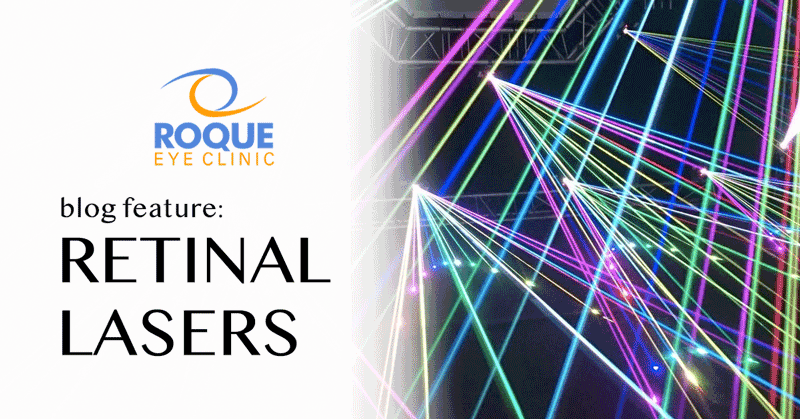Laser surgery has been used extensively for a lot of retinal disorders. The laser is usually attached to a slitlamp. With the patient’s head mounted on the slitlamp, the laser beam is applied through a contact lens into the patient’s eye. This is usually done under topical anesthesia. Other laser sources are attached to the indirect ophthalmoscope. In this set-up, the procedure may be done with the patient sitting down or lying on his back. Endolaser is another way of delivering laser into the eye. It is done during vitrectomy or retinal surgery. This makes use of a fiberoptic probe which is introduced into the patient’s eye, the tip of which delivers the laser close to the retina.
Panretinal Photocoagulation
In diabetic retinopathy, focal laser may be employed to seal abnormally leaking vessels to decrease swelling of the retina for conditions such as macular edema. For proliferative diabetic retinopathy where there is growth of abnormal blood vessels in the vitreous cavity, pan retinal photocoagulation (PRP) is usually the treatment of choice. With PRP, the surgeon uses laser to destroy oxygen-deprived retinal tissue outside of the patient’s central vision. While this creates blind spots in the peripheral vision, PRP prevents the continued growth of the fragile vessels and seals the leaking ones. The goal of the treatment is to arrest the progression of the disease. Even with laser, some may still continue to deteriorate. In these cases, other treatment options include surgery or intravitreal steroid injection.
Small holes and tears are also treated with laser surgery. These procedures are usually performed in the doctor's office. During laser surgery tiny burns are made around the hole to "weld" the retina back into place and prevent progression of retinal detachment. One must still take note that laser scars take time to heal (around 2 weeks) so the patient should continue to follow up with his ophthalmologist.






